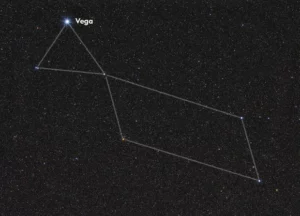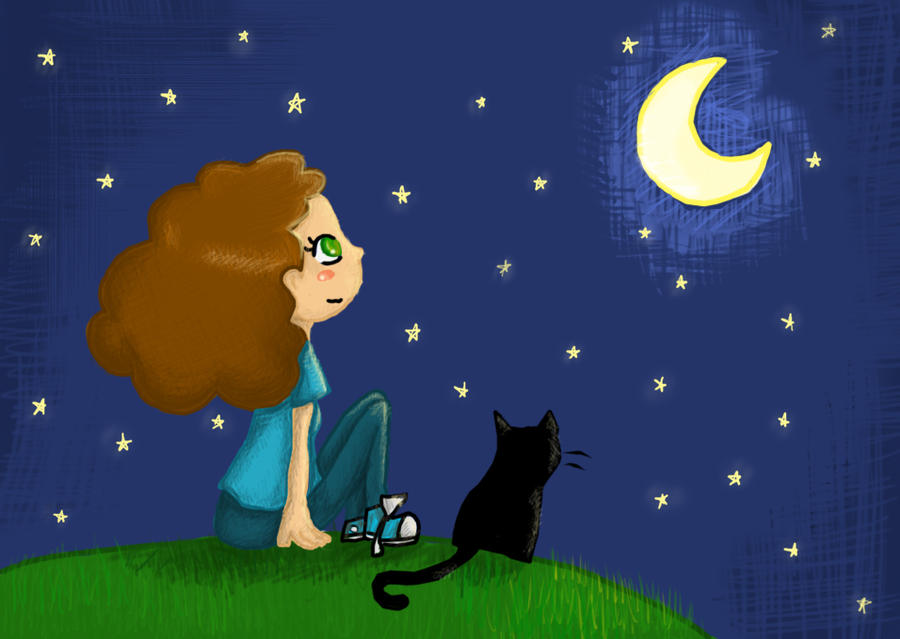They say April showers bring May flowers, but these showers are a bit different.
2022 is proving to be another great year for astronomy. This month, Mercury will continue to be the brightest of the planets and you will be able to see it best on April 10, right above the horizon after sunset.
Now let’s talk about those showers…the Lyrid meteor shower marks one of the first major showers to happen this year. These meteors are caused by debris from Comet C/1861 G1 Thatcher. Named after A. E. Thatcher who discovered it on Apr. 5, 1861. Wouldn’t it be awesome to discover a star, planet or other galaxy and have it named after you?!
The Lyrid meteor shower occurs annually around April 14 – 30. and the shower of 2022 will be best observed on the nights between April 21/22 and 22/23. As always it is best to get away from light pollution and making it a bit more favorable for observation is the moon will be rising well after 3:00 am.
Now, where to look? Make sure to set up and look towards the constellation of Lyra (Lyre) in the northeast. Make sure to dress for the weather, bring a blanket to lay down or a chair that is comfy. Remember your eyes will take about 10 -15 minutes to adjust, just sit back, relax and look up!

It will take a bit of effort to see but not hard. AND we have many more showers to come this year if you cannot get out there! May is also full of star power.
References:
- Timeaddate.com
- Space.com
- NightSkyOnline.Info
- solarsystem.nasa.gov

